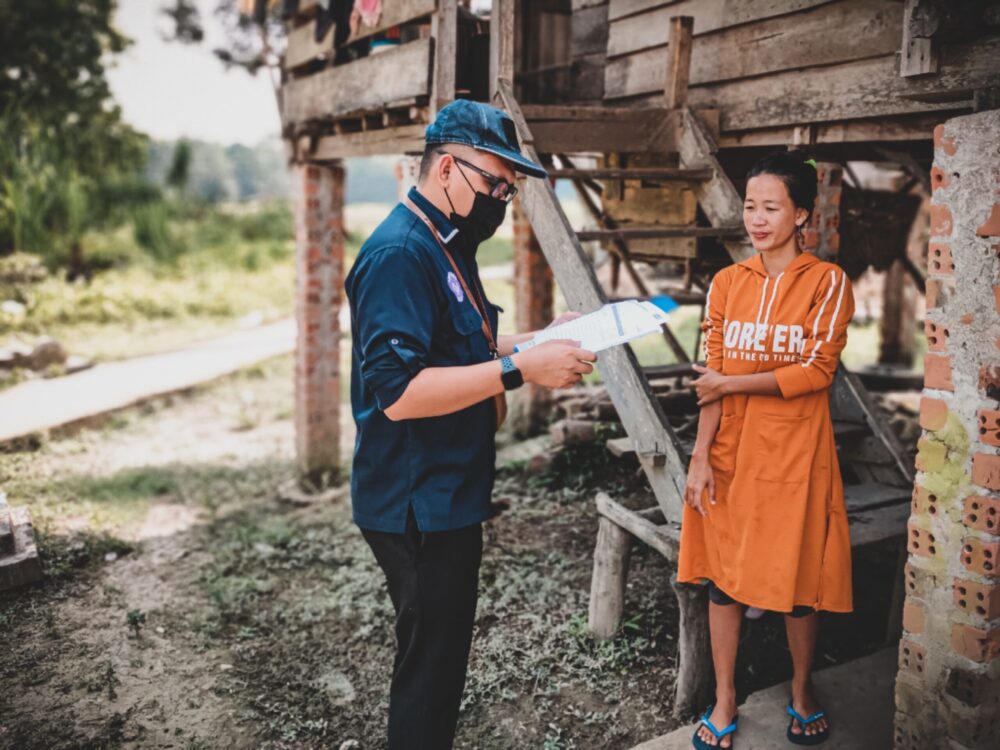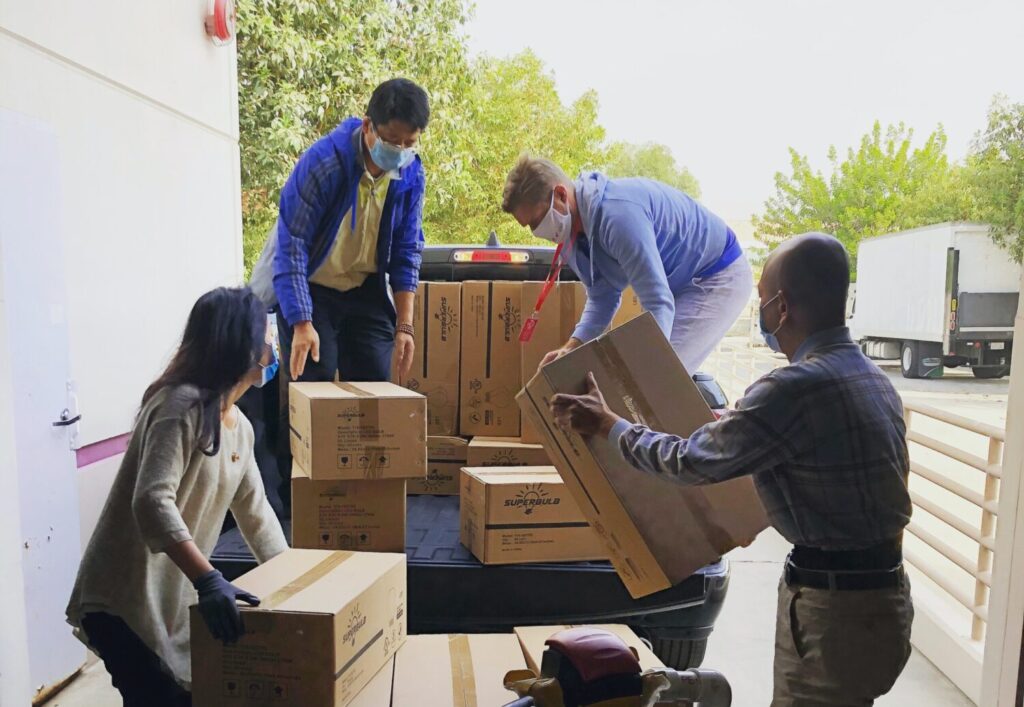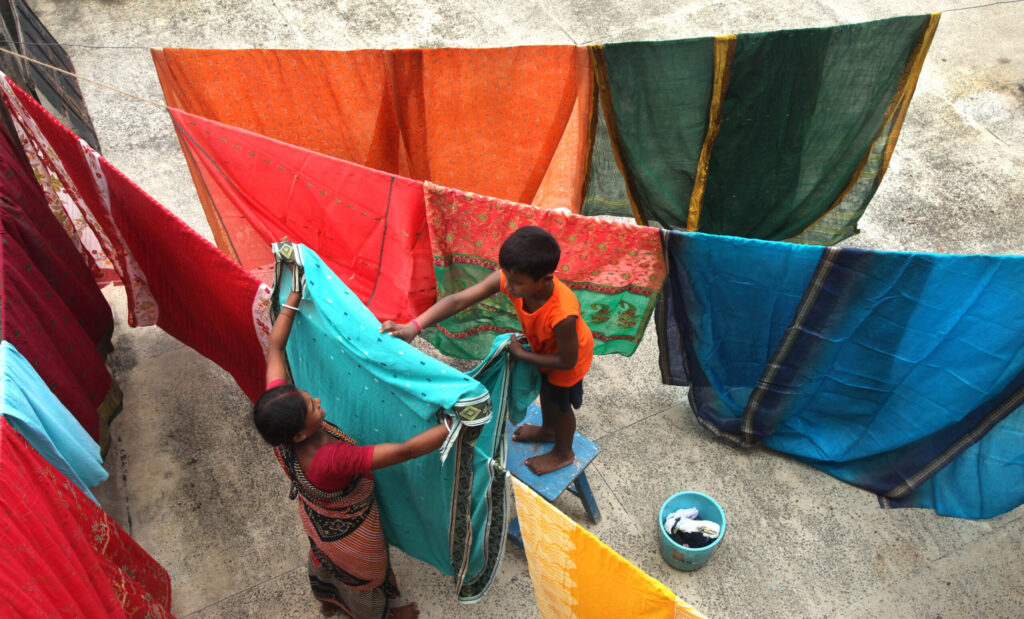Labour statistics: From standards to data
This free masterclass is available on eCampus, ITCILO’s online learning platform.
Watch the 9 video lessons to hear directly from Senior Experts in the ILO Department of Statistics about the challenges and developments countries are facing nowadays in what concerns labour statistics, and how International Statistical Standards are instrumental in developing statistical systems global in order to pave the way for a better future that promotes social justice through decent work.
Labour statistics: From standards to data Read More »
















